Jamie Salter
Does biologically categorised training alter the perceived exertion and neuromuscular movement profile of academy soccer players compared to traditional age-group categorisation?
Salter, Jamie; Black, James; Mallett, James; Barrett, Steve; Towlson, Christopher; Hughes, Jonathan D.; De St Croix, Mark
Authors
James Black
James Mallett
Steve Barrett
Dr Christopher McLaren-Towlson C.Towlson@hull.ac.uk
Lecturer in Growth, maturation and talent identification of atheletes
Jonathan D. Hughes
Mark De St Croix
Abstract
The individual response to load is multifactorial and complicated by transient temporal changes in biological maturation. The period surrounding peak height velocity exposes potentially “fragile” individuals to systematic, age-related increases in training loads. Bio-banding allows practitioners to manage the biological diversity and align training to the individual development needs. This study explores the acute impact of maturation on neuromuscular performance and perceived intensity through comparing both chronological and bio-banded training sessions. 55 male soccer players (mean ± SD; age 13.8 ± 1.4 years) were recruited from an EPPP academy. Following a warm-up and standardised sub-maximal run (30–15IFT), players competed in five bouts of 5-min 6v6 small-sided games (SSGs) before repeating the standardised sub-maximal run. The sessions were repeated on three occasions with chronological SSGs and the same with bio-banded SSGs wearing foot-mounted inertial measurement units (PlayerMakerTM) with differential ratings of perceived exertion used to quantify internal loads. Mixed linear modelling indicated maturity-specific pre–post differences in neuromuscular response, stride length and cadence having contrasting responses pre- (reduced) and post-PHV (increased), and larger changes in post sessions stiffness for pre- (∼18.6 kN·m−1) and circa-PHV (∼12.1 kN·m−1) players. Secondly, there were small to large differences in neuromuscular response (RSI, stride length, stiffness, and contact time) and perceptions of intensity between conditions, with bio-banding generally reducing pre–post changes. Bio-banding may therefore offer a mechanism to prescribe maturity-specific training loads which may help to alleviate the impact of repeated exposure to high-intensity activity, thus reducing injury risk whilst promoting long-term player development. Highlights Utilising a sub-maximal running protocol (30–15IFT) with foot mounted accelerometers can detect maturity specific responses to football specific training activity, which aligns with subjective perceptions of intensity. Chronologically derived small-sided games elicit different acute responses between players of varying maturity status, which is somewhat negated when bio-banded small-sided games are used instead. Bio-banding training sessions may offer practitioners a practical way of managing maturity-specific trainings load to reduce injury risk and promote long-term players development.
Citation
Salter, J., Black, J., Mallett, J., Barrett, S., Towlson, C., Hughes, J. D., & De St Croix, M. (2023). Does biologically categorised training alter the perceived exertion and neuromuscular movement profile of academy soccer players compared to traditional age-group categorisation?. European journal of sport science : the official journal of the European College of Sport Science, 23(8), 1490-1499. https://doi.org/10.1080/17461391.2022.2117090
| Journal Article Type | Article |
|---|---|
| Acceptance Date | Aug 23, 2022 |
| Online Publication Date | Sep 12, 2022 |
| Publication Date | Aug 1, 2023 |
| Deposit Date | Mar 16, 2025 |
| Publicly Available Date | Mar 18, 2025 |
| Journal | European Journal of Sport Science |
| Print ISSN | 1746-1391 |
| Publisher | Taylor and Francis |
| Peer Reviewed | Peer Reviewed |
| Volume | 23 |
| Issue | 8 |
| Pages | 1490-1499 |
| DOI | https://doi.org/10.1080/17461391.2022.2117090 |
| Keywords | Maturation; Training load; Bio-banding; Injury risk |
| Public URL | https://hull-repository.worktribe.com/output/4088678 |
Files
Published article
(1.2 Mb)
PDF
Publisher Licence URL
http://creativecommons.org/licenses/by/4.0
Copyright Statement
© European College of Sport Science.
This is an Open Access article distributed under the terms of the Creative Commons Attribution License (http://creativecommons.org/licenses/by/4.0/), which permits unrestricted use, distribution, and reproduction in any medium, provided the original work is properly cited.
